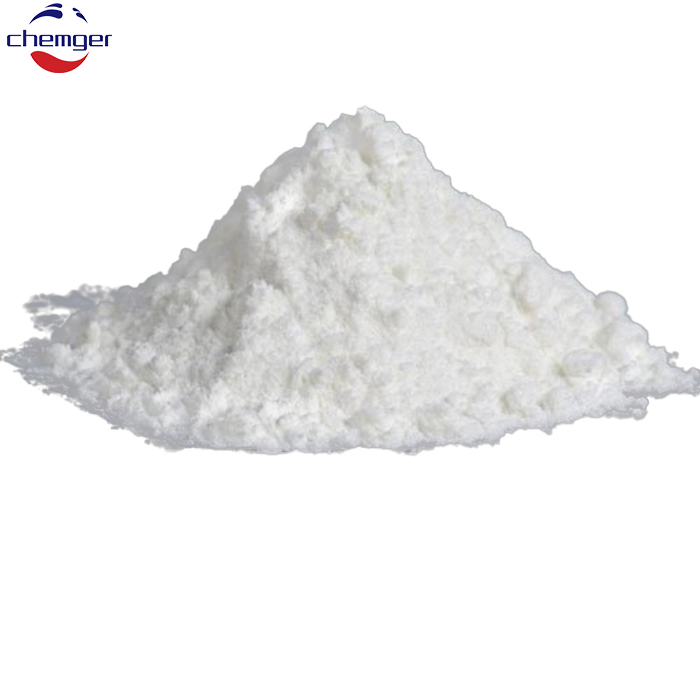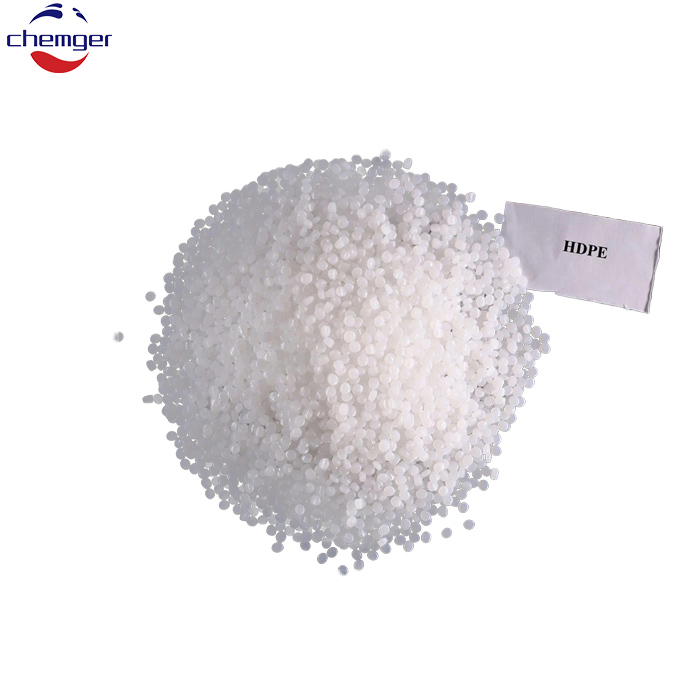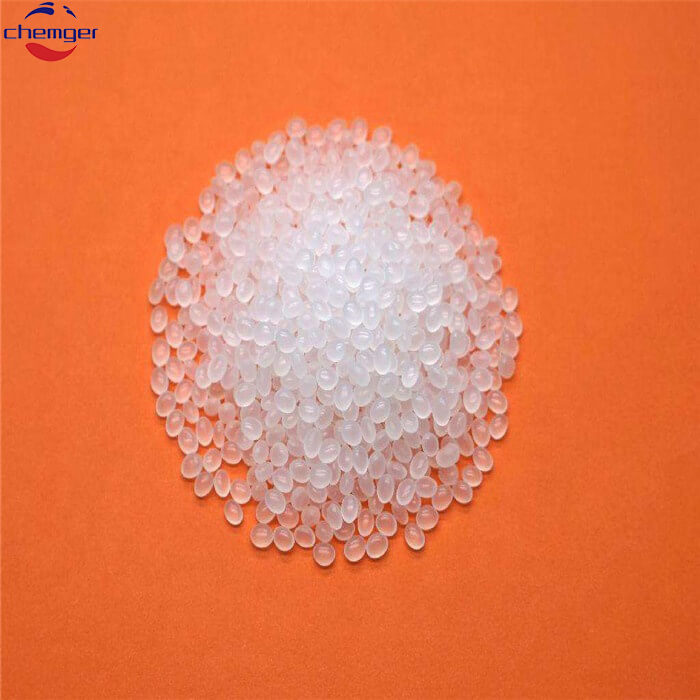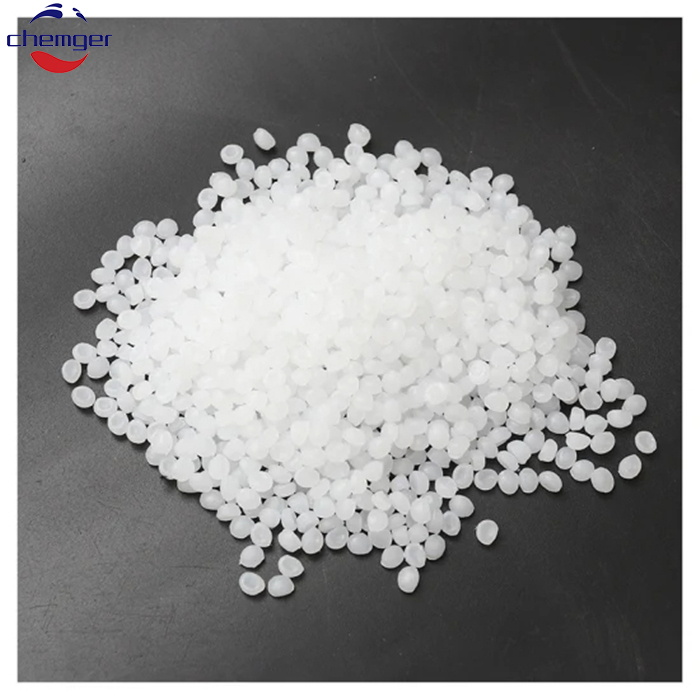low density polyethylene vs high density polyethylene
The discovery of polyethylene (PE) in the early 20th century marked a milestone, introducing this crucial polymer to the industrial and commercial sectors, where it quickly became an indispensable material. Polyethylene, with its unique properties and diverse applications, rapidly claimed a dominant position in manufacturing, packaging, and various other fields.
Polyethylene exists in various forms due to different chemical structures, primarily including branched polyethylene, linear polyethylene, and cross-linked polyethylene. Among them, High-Density Polyethylene (HDPE) and Low-Density Polyethylene (LDPE) are the most common types. To help you better understand these two types of polyethylene, we provide a “Know Your Materials” guide, covering key information to assist you in choosing the most suitable polyethylene for your next project.
Would Like The Quotation?
“Looking for top-quality products at the best prices? Share your needs with us! Get free samples and unbeatable deals. Inquiry now to save big!”

High-Density Polyethylene (HDPE):
HDPE is considered a robust polyethylene variety, known for its tight molecular structure that imparts excellent tensile strength, rigidity, and impact resistance. Not only does HDPE exhibit UV resistance, but it also demonstrates outstanding chemical resistance, high strength, and versatile applicability.
HDPE finds extensive use in outdoor applications, manufacturing durable outdoor furniture, playground equipment, and building structures. Additionally, HDPE is widely employed in the production of food and beverage bottles, cutting boards, toys, and industrial applications such as pipe flanges and chemical tanks.
One significant advantage of HDPE is its recyclability and reusability. Recycled HDPE, often possessing adaptability and weldability comparable to new or “virgin” HDPE, makes it an ideal choice for those concerned about reducing environmental impact.
However, HDPE has some drawbacks, including susceptibility to stress cracking under high pressure and only moderate heat resistance. Additionally, its tendency to shrink during molding makes it best suited for CNC machining and additive manufacturing. Despite these limitations, HDPE remains a versatile, sustainable material widely used to meet diverse requirements across various industries.
HDPE Standard Technical Characteristics:
· Density: Approximately 0.95 grams/cubic centimeter. HDPE exhibits relatively high density under standard conditions.
· Tensile Strength: HDPE demonstrates outstanding tensile strength, maintaining the shape and structural integrity under tensile stress.
· Rigidity: HDPE has high rigidity, meaning it can maintain its shape and resist deformation under load, making it valuable in structural and engineering applications.
· Impact Resistance: HDPE boasts excellent impact resistance, making it an ideal choice for manufacturing products exposed to impact or vibration.
· Chemical Resistance: HDPE shows good resistance to many chemicals, maintaining stability in environments with various liquids and gases.
· Weather Resistance: HDPE exhibits strong resistance to UV radiation, making it a reliable material for outdoor and sunlight-exposed environments.
· Electrical Insulation: Due to its excellent electrical insulation properties, HDPE is commonly used in the field of electrical and power engineering.
· Recyclability: HDPE is recyclable plastic, contributing to reduced reliance on new raw materials and promoting sustainability.
These technical characteristics make HDPE widely applicable in multiple fields, from industrial applications to consumer goods. Typical LDPE consumer products include grocery bags, plastic films or packaging materials, flexible packaging materials, as well as containers for food and beverages. Moreover, LDPE is a common material for manufacturing orthopedic braces and prosthetics.
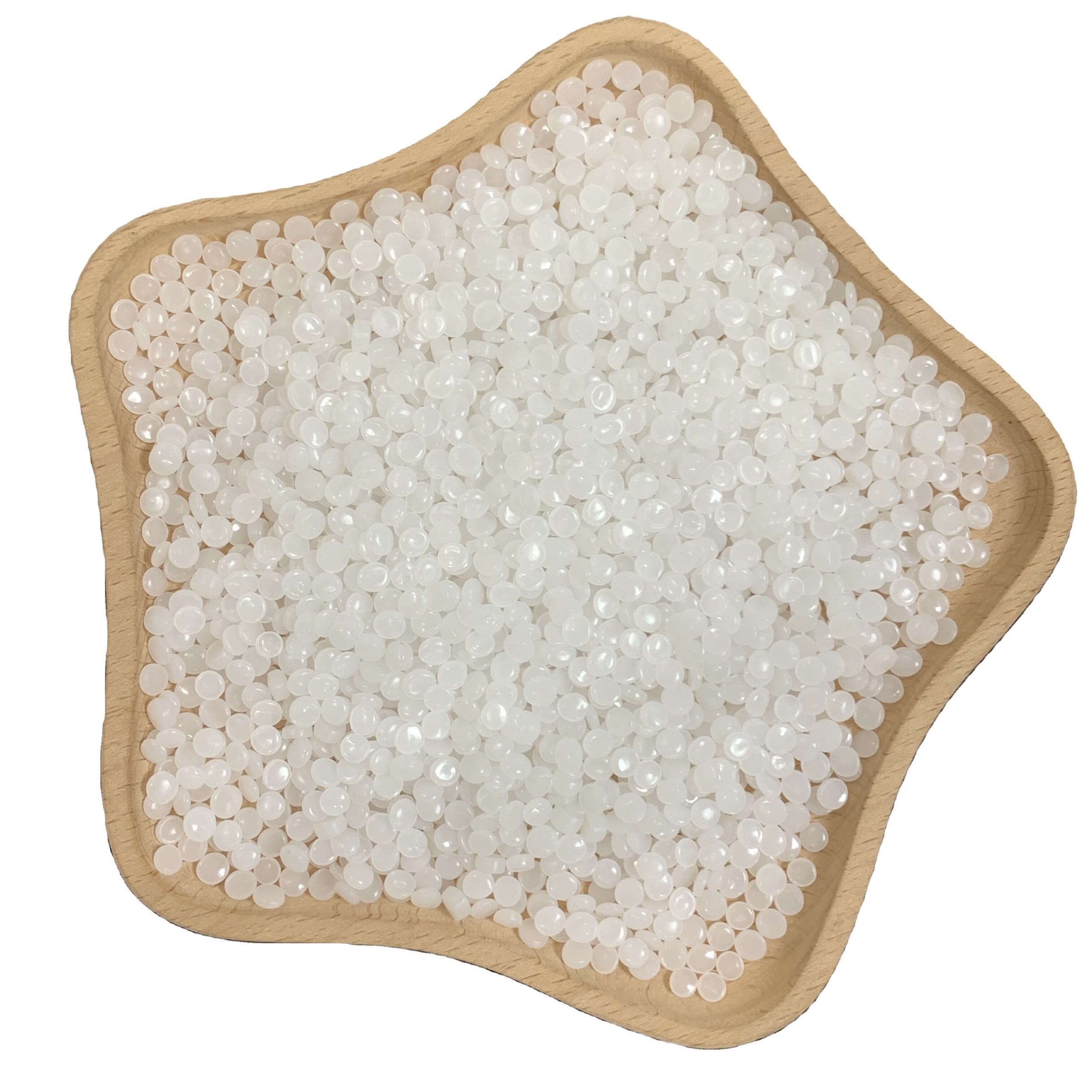
Low-Density Polyethylene (LDPE):
LDPE, a branched polyethylene, features a relatively loose molecular arrangement, resulting in lower density compared to other linear polyethylenes like HDPE. Despite its loose molecular structure, LDPE is a durable material suitable for various purposes, exhibiting excellent impact resistance, stain resistance, electrical insulation, water resistance, and transparency that aids light reflection.
Typical LDPE consumer products include grocery bags, plastic films or packaging materials, flexible packaging materials, as well as containers for food and beverages. Moreover, LDPE is a common material for manufacturing orthopedic braces and prosthetics.
Due to its lower heat resistance and melting point, LDPE is an ideal heat-sealing material. This makes it a preferred choice for injection molding, catering to various manufacturing needs.
However, LDPE has limitations that manufacturers need to be aware of. It has higher permeability to gases like carbon dioxide compared to HDPE, making it more prone to stress cracking. Additionally, its flammability restricts its use in high-temperature applications. Therefore, when choosing LDPE, manufacturers need to balance its advantages and disadvantages to ensure it meets the specific requirements of their applications.
LDPE Standard Technical Characteristics:
· Density: LDPE has a relatively low density, typically around 0.91 grams/cubic centimeter, making it a lightweight material.
· Molecular Structure: LDPE is a branched polyethylene with a looser molecular structure, less tightly packed compared to linear polyethylene like HDPE.
· Impact Resistance: LDPE demonstrates excellent impact resistance, making it an ideal choice for manufacturing products sensitive to impact, such as packaging materials and containers.
· Stain Resistance: LDPE has good stain resistance, making it suitable for applications requiring cleanliness and hygiene.
· Electrical Insulation: LDPE exhibits good electrical insulation properties, making it suitable for the manufacture of electrical insulation products.
· Water Resistance: LDPE has good water resistance, suitable for applications involving liquids, such as containers for packaging liquid products.
· Transparency: LDPE is a transparent material, contributing to increased light transmission, which can be an important feature in certain applications.
· Heat Resistance: LDPE has relatively low heat resistance, posing some limitations in high-temperature applications.
· Melting Point: LDPE has a low melting point, making it an ideal choice for heat-sealing materials.
· Permeability: LDPE has higher permeability to some gases, such as carbon dioxide.
· Flammability: LDPE is relatively flammable, requiring caution in its use in high-temperature or flammable environments.
It’s essential to note that these technical characteristics may vary depending on the specific manufacturer and product. When selecting LDPE, it is advisable to consult relevant product specifications and technical data provided by manufacturers to ensure compliance with the specific requirements of the intended application.
The professional team at Chemger is ready to provide solutions for your specific applications. Whether you need High-Density Polyethylene (HDPE) or Low-Density Polyethylene (LDPE), our skilled experts can support you and ensure the best choice for your needs. Feel free to contact us anytime for more information on how we can meet your requirements and support you and your products.
Explore Our Plastic Raw Material Suppliers Solutions:
“Ready for personalized solutions tailored to your needs? Click ‘Send Inquiry’ now to unlock detailed product insights covering customization, delivery, payment, shipping, and usage. You can also upload your requirements here.”
“Explore More: Looking for premium yet affordable plastic products? Click on ‘Plastic Polymer’ to discover a wide range of high-quality options at competitive prices.”
“Curious about our company? With 18 years of experience, we are a leading name in the chemical industry. Click ‘About Us’ to discover our journey, reputation, and industry-leading chemical products.”



